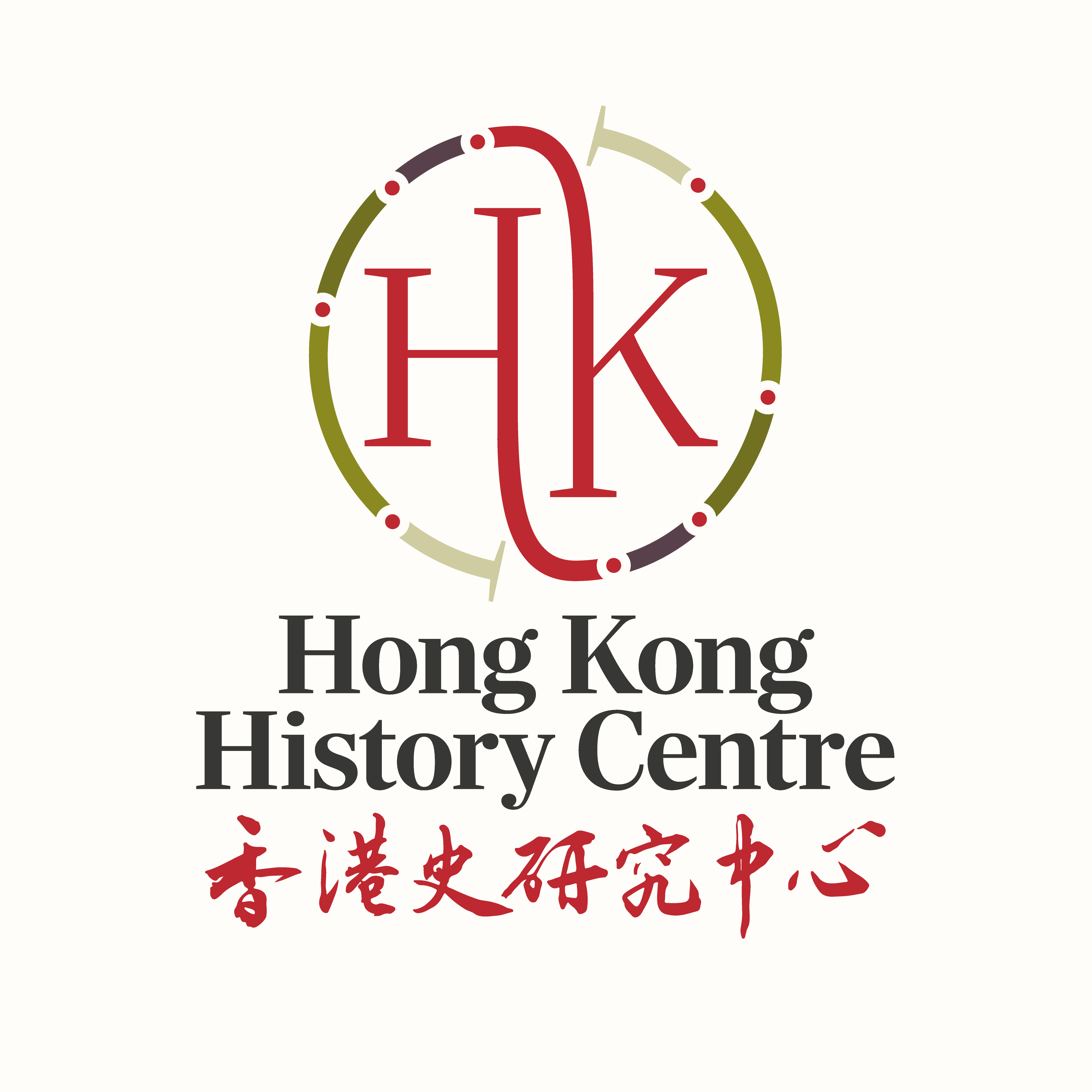
By Vaudine England
It’s all very well having grand theories about Race and Empire and Gender and Class, but what of actual real stories, the lives that people lived, the choices they made? I recently met a woman from a …
29/04/16
By Vaudine England
I’m still hoping to be proven wrong in claiming that just two serious articles were published in the 20th century on the subject of Eurasians in Hong Kong. The first was Sir Challoner Grenville Alabaster’s ‘Observations on …
20/11/15By Vaudine England
It’s all very well having grand theories about Race and Empire and Gender and Class, but what of actual real stories, the lives that people lived, the choices they made? I recently met a woman from a …
29/04/16By Vaudine England
I’m still hoping to be proven wrong in claiming that just two serious articles were published in the 20th century on the subject of Eurasians in Hong Kong. The first was Sir Challoner Grenville Alabaster’s ‘Observations on …
20/11/15